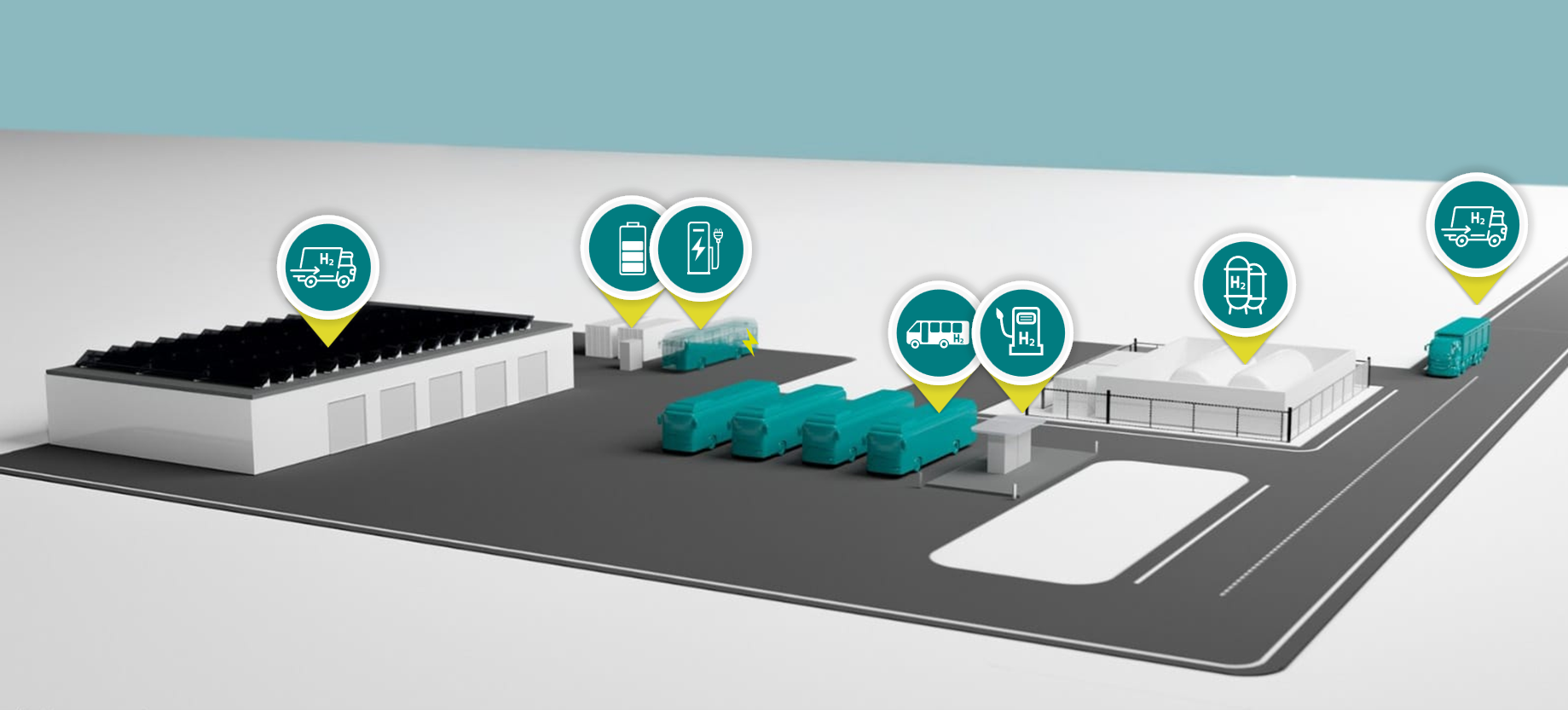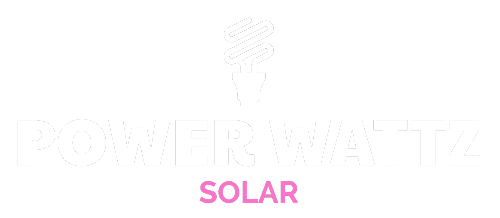
Energiequelle has received planning consent for its Oulu Green Hydrogen Park project in Finland. This development marks the company’s first public hydrogen project in the country. The project is set to be built in the city of Oulu, located approximately 600 kilometres north of Helsinki. The first phase of the project involves the construction of a hydrogen production plant with a maximum production capacity of five megawatts, alongside a hydrogen refuelling station designed for buses and heavy commercial vehicles. This initial phase will establish the core infrastructure needed to support local hydrogen demand in the transport sector.
In the second phase of development, Energiequelle plans to expand the hydrogen production capacity to between 10 and 50 megawatts. If the necessary infrastructure, such as pipelines and export facilities, becomes available, the company may begin hydrogen exports through a planned hydrogen pipeline and via the Port of Oulu. Export activities would allow the project to serve not only local demand but also broader regional and international markets.
Karl Schultheis, Head of New Business Development at Energiequelle Finland, stated, “If the right market conditions are met, we expect the first phase to be ready by 2028. However, this is a major industrial project and investment, so the planning reservation we have now received is only one of the first steps towards making concrete investment decisions. In projects of this size, planning and studies are always carried out carefully. Finland’s national hydrogen strategy has set a target of producing 10% of all green hydrogen in the whole European Union, and Germany’s national hydrogen strategy has outlined a national demand for hydrogen and hydrogen derivatives of 95-130 TWh by 2030, of which around 50-70% (45-90 TWh) will have to be imported. Finland and Germany are perfect energy partners.”
The third phase of the project aims to significantly increase production capacity by adding a further 100 to 500 megawatts. However, the timeline for this expansion, as well as the full size of the project, will depend heavily on market conditions and the development of supporting infrastructure at the selected new greenfield site. The scalability of the project reflects Energiequelle’s ambition to adapt to evolving hydrogen market dynamics.
The City of Oulu has designated the industrial site where the project will be developed as a key area for hydrogen production and processing. It has reserved space for a total of three new hydrogen production and processing plants, including the Energiequelle project. Collectively, these facilities have the potential to reach a maximum combined production capacity of up to 1,500 megawatts, positioning Oulu as a significant hub for hydrogen energy in Finland.
While the Oulu Green Hydrogen Park represents Energiequelle’s first public hydrogen venture in Finland, the company has already gained substantial experience in the European hydrogen market. In February 2024, Energiequelle unveiled and officially opened the HY.City.Bremerhaven project in Germany. The inauguration ceremony was attended by German Chancellor Olaf Scholz, highlighting the project’s significance within Germany’s growing hydrogen sector.
Nils Borstelmann, Managing Director of Energiequelle Finland, said in a statement, “We believe that Oulu’s strategy of bundling several hydrogen production operators in the same area is the right one, as it supports the development of hydrogen transmission infrastructure in the region and sends a clear message to the energy-intensive industry that they can count on hydrogen production in the region in the future. This is exactly the kind of predictable investment environment and confidence-building policies we hope to see from local, national and European decision-makers.”
He further added, “From an international and European perspective, Finland has very good conditions and potential for the production of renewable energy and green hydrogen. For several years now, energy in Finland has been one of the cheapest in Europe and already today 95% of Finland’s electricity production is already emission-free and all new wind farms are also market-based, without any government subsidies. Affordable and clean energy are prerequisites for market-based hydrogen production, as hydrogen and its derivatives require a lot of energy. With its extensive land area, Finland also has great potential to significantly increase the production of renewable energy, such as wind and solar power, as the electrification of Europe progresses.”
Michael Raschemann, the owner of the Energiequelle Group, mentioned, “In cooperation with other hydrogen players, Energiequelle is part of a hydrogen production facility and refueling station for heavy vehicles in the German city of Bremerhaven, which is very similar to the first phase of the project now planned for Oulu. We therefore have a strong belief that the project will proceed successfully. Of course the realization of the project will also depend on the investment environment and the market situation.”
In parallel to Energiequelle’s project, broader efforts to develop hydrogen infrastructure in Finland and across Europe are underway. Gasgrid Finland, the state-owned gas transmission system operator, is actively planning the establishment of a hydrogen transport network that would link Finland with the wider European market. In January 2025, all three of Gasgrid’s hydrogen transport infrastructure projects located in the Baltic Sea region received financial support from the European Union, signalling strong backing for cross-border hydrogen connectivity.
Among these initiatives are the Nordic-Baltic Hydrogen Corridor and the Nordic Hydrogen Route. The Nordic-Baltic Hydrogen Corridor project aims to create a hydrogen infrastructure connecting the markets of Finland, Estonia, Latvia, Lithuania, Poland, and Germany. Meanwhile, the Nordic Hydrogen Route project is focused on developing hydrogen transport infrastructure between northern Finland and Sweden. Both projects are expected to play a critical role in building a comprehensive hydrogen network in the region, facilitating the movement of green hydrogen across national borders and supporting the growth of a sustainable hydrogen economy in Northern and Central Europe.
Related
Source link



